TikTok in 2021: we explain how the algorithm of the most popular application on the web works

The largest entertainment platforms on the web decide to use algorithms based on artificial intelligence technology in order to best tailor the content to the tastes of their users. And thus - to make them stay longer on the website or application.
Among all the recommendation systems introduced by the largest brands, one clearly stands out from the competition - the system of personalized recommendations of the most popular application of 2020 - TikTok.
In today's article, we will answer the following questions:
- What is TikTok?
- How does the TikTok algorithm work?
- What data does TikTok collect?
- Why such high effectiveness in recommending content?
- Is TikTok safe?
- Will the technology used by TikTok be applied in eCommerce?
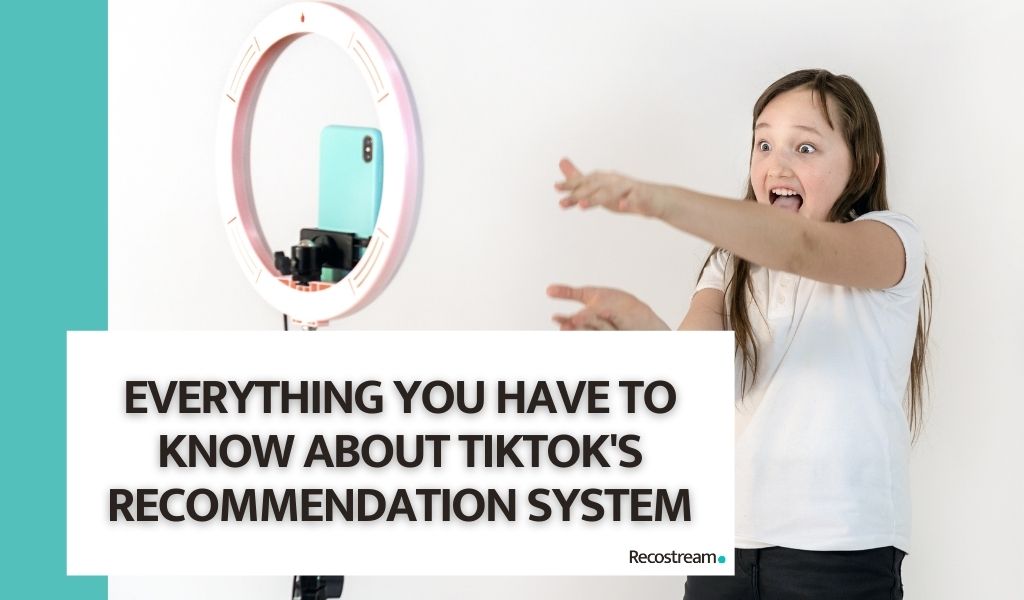
First of all, what is this TikTok?
TikTok is the most popular mobile application for making creative short video content. In allows the creators to create up to several-dozen-second long movies resembling a music video.
The most popular forms on TikTok are: :
- Lip Sync - moving your lips in sync with the lyrics, pretending to be singing
- Stand-up – comedy performance
- Tutorial – a short guide on a specific topic, e.g. how to do makeup or a dish
- Stream – live coverage
Initially associated exclusively with the Z generation, today it breaks popularity records among a huge group of Internet users, regardless of age. Though it is worth pointing out that 41% of TikTok users are between the ages of 16 and 24.
Currently, TikTok has as many as 689 million monthly active users globally and the application itself has been downloaded over 2 billion times in the App Store and Google Play, making it the most popular application of 2020.
In 2021, it was relegated to the second place by the Telegram messenger, but TikTok still holds the first place in the App Store.
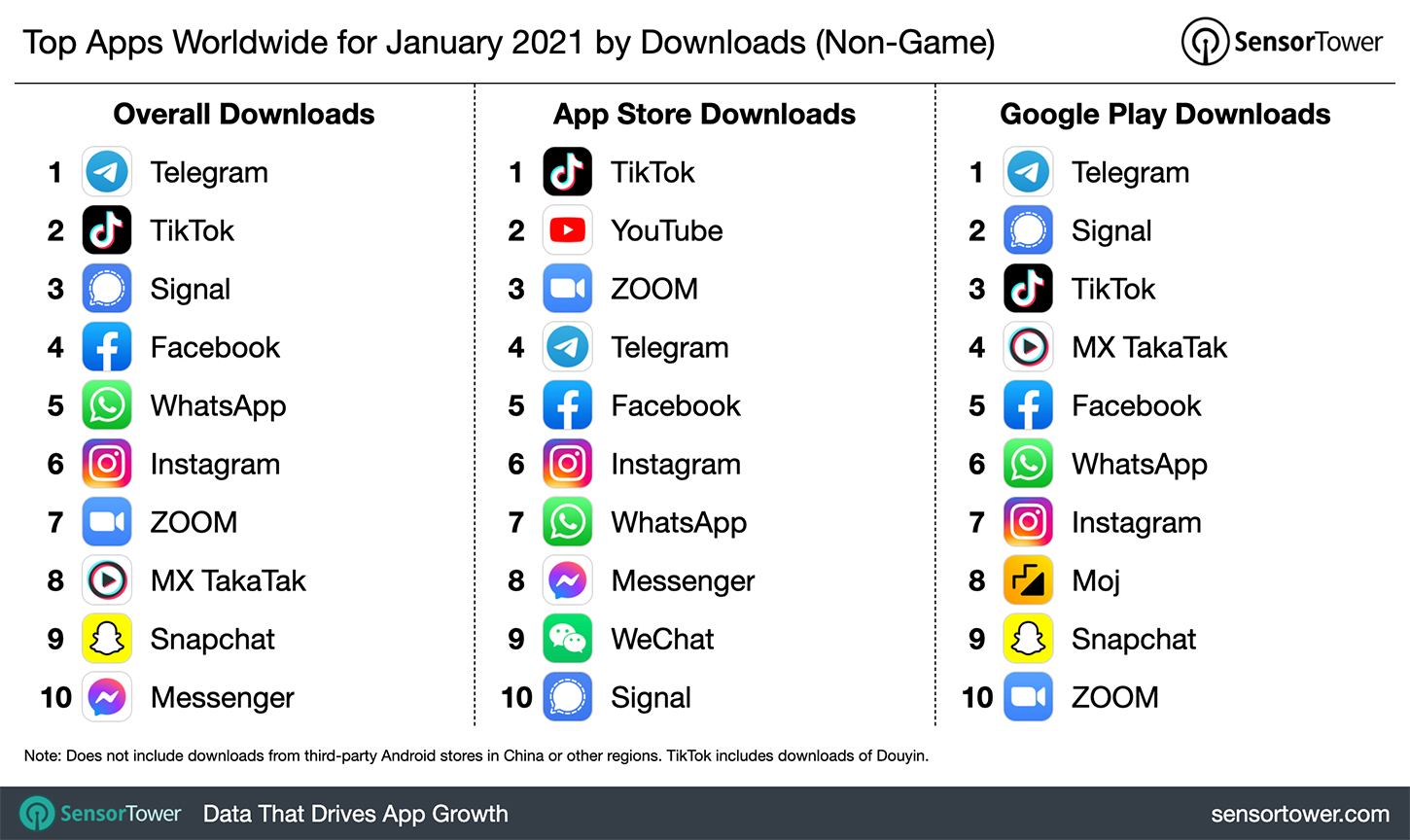
TikTok algorithm vs the algorithm of other entertainment portals
Recommendation systems in applications and portals that we use on a daily basis can surprise with their accuracy. Therefore, we often ask the following questions.
How does YouTube know what video I want to watch now? Why are the "Discover Weekly" playlists generated by Spotify's recommendation engine so well-suited to my taste? How do these algorithms work?
Earlier on our blog, we dealt with this topic and analyzed the performance of Netflix, Amazon and TikTok's recommendation systems.
However, the TikTok algorithm, due to its surprising efficiency, deserves a closer examination.
How does the TikTok recommendation system work?
In addition to an intelligent growth strategy, the TikTok application is equipped with one of the best recommendation engines in the industry.
Due to advanced algorithms based on machine learning and artificial intelligence technology, TikTok is extremely effective in predicting what a given user will be interested in.
The recommendation engine creates a personalized channel that consists of content tailored to each user. The TikTok algorithm uses machine learning systems to identify and predict the content with which a given user is likely to interact.
The system collects both data on users and on the materials themselves, based on detailed descriptions.
The data can be divided into 3 categories:
-
Application user interactions
What videos are watched, liked and shared by users, what accounts they follow and what comments they leave
-
Information on content on the site
This category concerns basic information about the content on the website. It includes, inter alia, hashtags, descriptions, music, video duration and their category.
This information is essential for the sorting of content and better database management.
-
Device and account settings
TikTok's recommendation engine collects information about users' language preferences, their location and the type of device on which they have the application installed.
This data enables better system performance optimization, but is not as important in video recommendation as the rest of the information collected.
All these data are filtered by the recommendation engine algorithm, which looks for dependencies between them in order to better understand the preferences and interests of users.
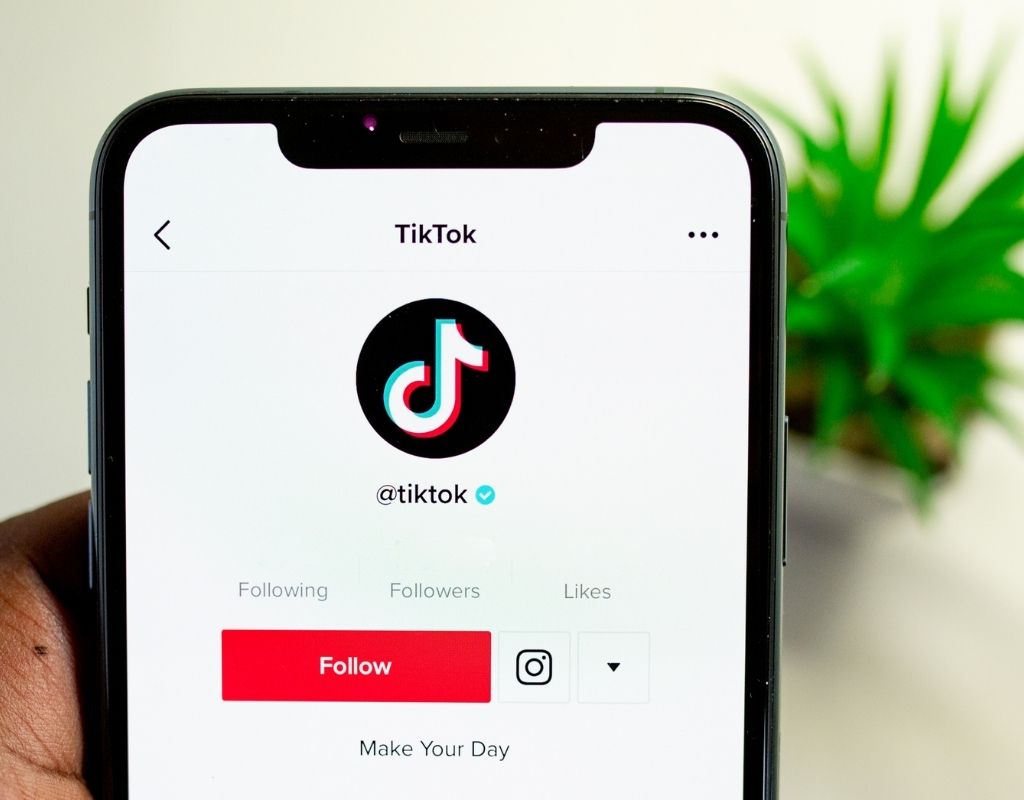
How does the TikTok algorithm filter data?
There are 2 basic data filtering methods that are used by the TikTok recommendation engine:
-
Content-Based Filtering
This method of filtering data looks for correlations between similar videos and videos that the user has already watched.
The system analyzes the similarities in the films available on the platform and looks for content similar to the one that has already been displayed by a given user.
The algorithm recommends new content to users based on their previous interactions, such as sharing, commenting, re-watching the video, etc.
-
Collaborative Filtering
A method that not only matches the results based on their content, but also the behavior of other users.
The recommendation system presents recommended videos based on the browsing history of users with similar tastes and interests, which can also be based on their location, country, language, etc.
The following diagram describes how the TikTok algorithm works::
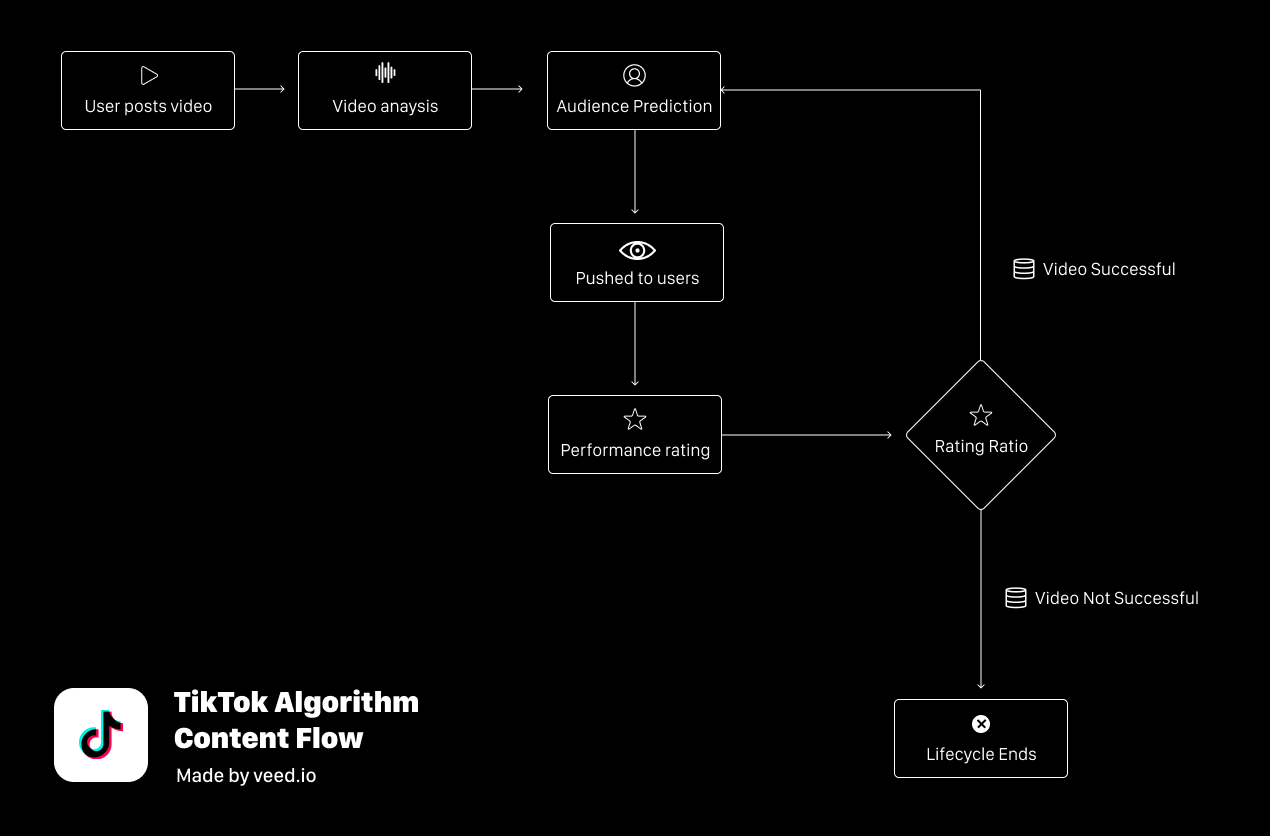
TikTok’s recommendation process for video content
How does TikTok's recommendation system go from collecting data about users to displaying a personalized feed to them with content tailored specifically to their needs?
1. First contact with the user
When a user opens the TikTok application for the first time, they are presented with 8 popular videos covering various currently popular trends, music and other topics.
Then, the recommendation system based on these 8 video materials creates subsequent iterations based on what it knows about the user's interactions with specific videos.
2. Generating subsequent recommendations
In the next step, the recommendation engine identifies videos similar to those that the user is most interested in.
It does so based on the available information on the individual materials - locations, comments, signatures, hashtags and sounds.
Here we are dealing with a classic example of a content-based filtering method.
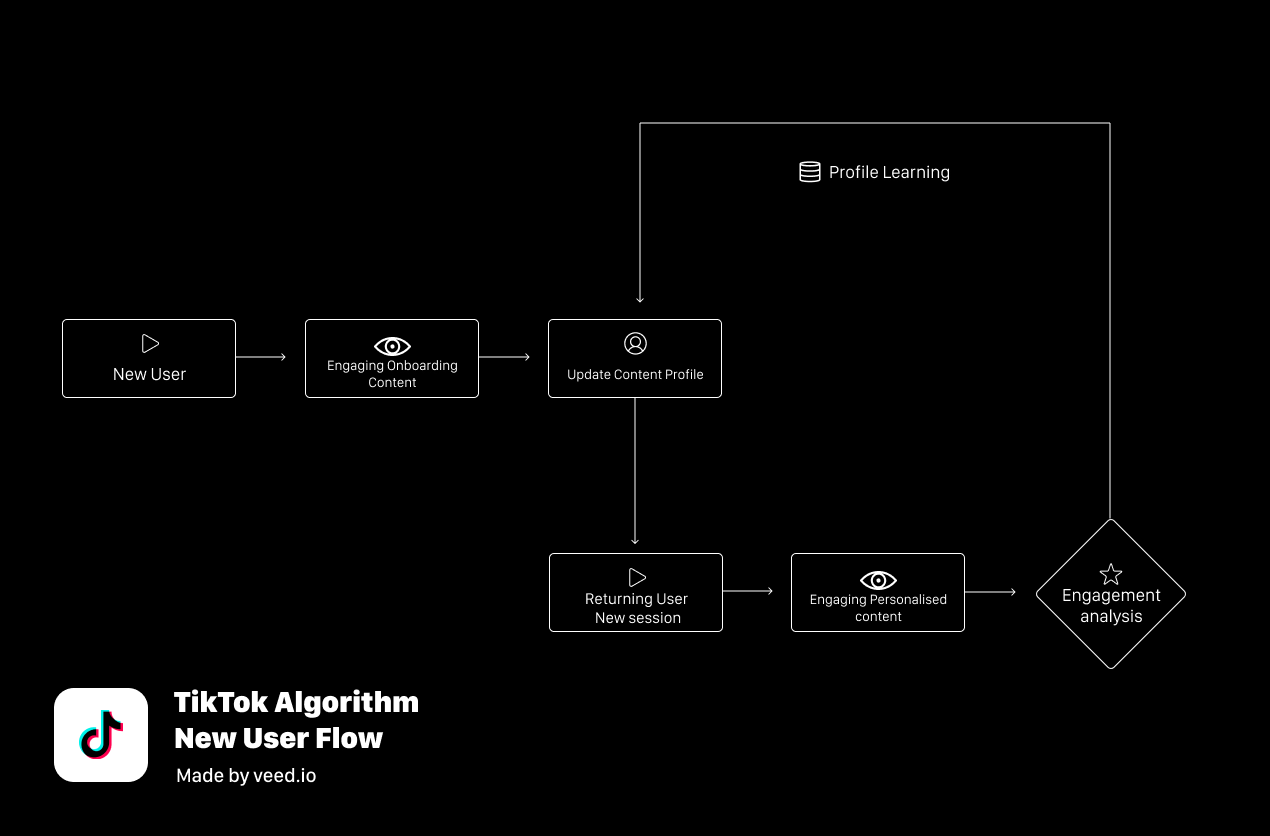
3. Creating groups of similar movies and users
When the TikTok recommendation system collects enough data about a given user, the application is able to map his preferences in relation to other people with similar interests and group them into the so-called "clusters".
In this grouping, the basic categories and topics of films, such as "automotive" or "comedy", are also important.
4. Measuring user involvement in particular groups
Thanks to solutions based on machine learning, the recommendation engine assigns groups of materials to individual groups of users based on their similarity and checks how users perceive them.
5. Avoiding Boredom
The TikTok application and its recommendation system are constantly trying to keep users' attention by presenting them with interesting content. Due to this, the algorithm tries to avoid excessive repetition of materials that could bore a given user over time.
TikTok users do not remain in one „bubble”
However, the way the TikTok algorithm works does not end with the five steps mentioned.
The advanced application recommendation engine also uses a number of small enhancements to improve user experience (UX) and avoid some imperfections and limitations resulting from machine learning.
What is the inherent challenge facing modern recommendation engines? Avoid limiting the scope of the content displayed to users.
It might seem that the TikTok user is constantly in his "bubble", but the developers of the application address this problem. Users are presented with new (seemingly mismatched) content with the assumption that thanks to this, the user will discover something different than before, but still interesting.

It is worth adding that the feed of the personalized channel "For you" - to avoid boredom of users - does not show two videos in a row with the same sound or by the same creator.
While this may not be meaningful from a mathematical point of view, it works perfectly well for TikTok.
Is TikTok safe?
This is a common question from skeptics who are considering creating an account in the application or parents of younger users.
It is worth bearing in mind that TikTok's advanced recommendation system takes into account the safety of its users. What does it mean and how does it work?
Content that contains blood, violence, medical procedures, the consumption of dangerous regulated substances, and the like that is inappropriate for the general public is displaced by the engine and does not reach users who have not explicitly consented to it.
Without this approval, TikTok's algorithm does not classify videos of this type as recommendation material.
Should companies invest a recommendation engine similar to TikTok?
The operation of the TikTok algorithm is complex and complicated. But effective. Is it worth it for companies that do business on the Internet to invest in building their own engine with recommendations?
The answer is: it depends. On what? On the budget.
Independent development of a product recommendation engine is associated with high expenses.
The data shows that the TikTok algorithm stands out from the competition. Recent research has shown that the average user spends 52 minutes a day on the TikTok application, while Snapchat, Instagram and Facebook have an average active time of 26 minutes, 29 minutes and 37 minutes respectively.
This shows that TikTok is based on technology that can effectively capture users' attention and keep them in the application for much longer.
The secret is the recommendation system that ensures that site visitors can get access to fresh content or products tailored to their interests with one click.
To answer the question of whether online businesses, such as online stores, should invest in artificial intelligence and recommendation systems such as TikTok – yes, by all means.
If you want to attract the customer's attention - which is valuable these days - it is definitely worth getting inspired by the success of TikTok and investing in a recommendation system.
The final question
Can TikTok be an inspiration for eCommerce? The advantages of the recommendation system are not limited to increasing user interest, as in the case of TikTok.
The system of personalized recommendations in eCommerce can help, for example, in the recovery of abandoned carts and in the use of up-selling strategies, and these are just a few of the many advantages of installing the recommendation engine on the store's website.